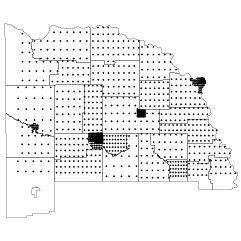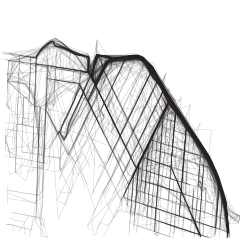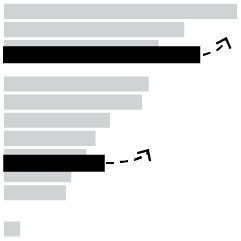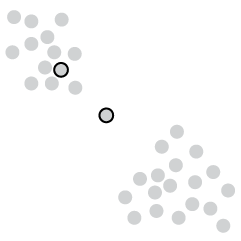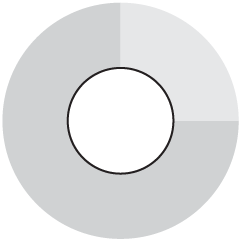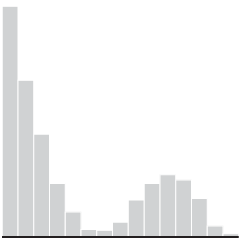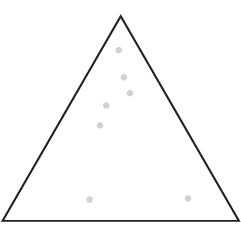Ah, the online personality quiz, oh how I missed you. Oh wait, this one is slightly different. For FiveThirtyEight, Maggie Koerth-Baker and Julia Wolfe provide a quiz used by psychologists to gauge personality traits:
First, the Big Five doesn’t put people into neat personality “types,” because that’s not how personalities really work. Instead, the quiz gives you a score on five different traits: extraversion, agreeableness, conscientiousness, negative emotionality and openness to experience. For each of those traits, you’re graded on a scale from 0 to 100, depending on how strongly you associate with that trait. So, for example, this quiz won’t tell you whether you’re an extravert or an introvert — instead, it tells you your propensity toward extraversion. Every trait is graded on a spectrum, with a few people far out on the extremes and a lot of people in the middle.
Dang it. I really wanted to know what Harry Potter character I am.
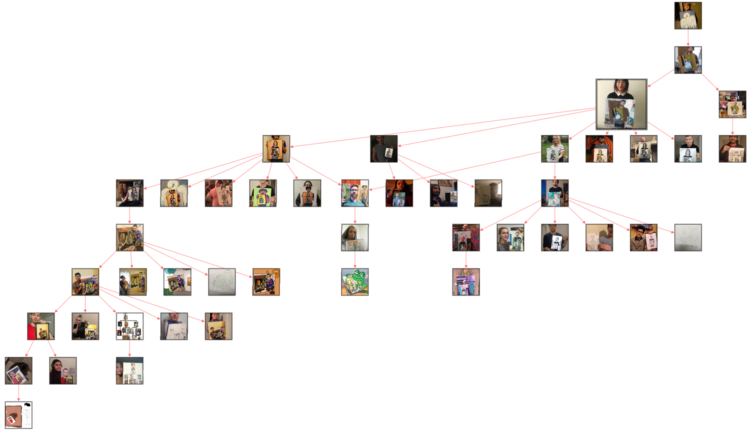

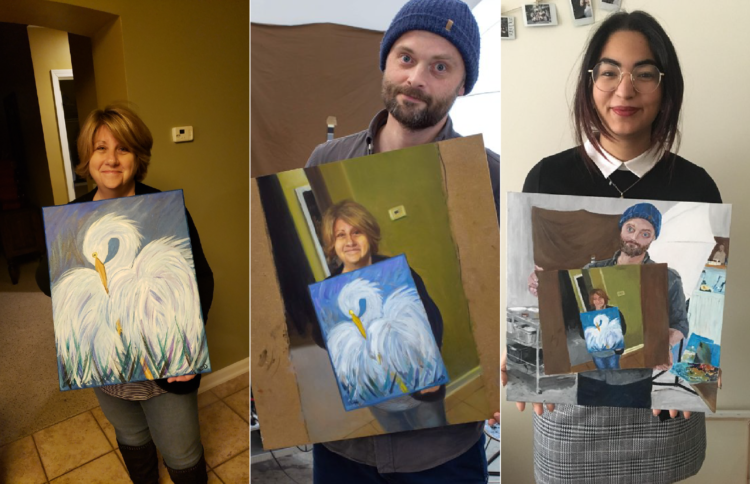
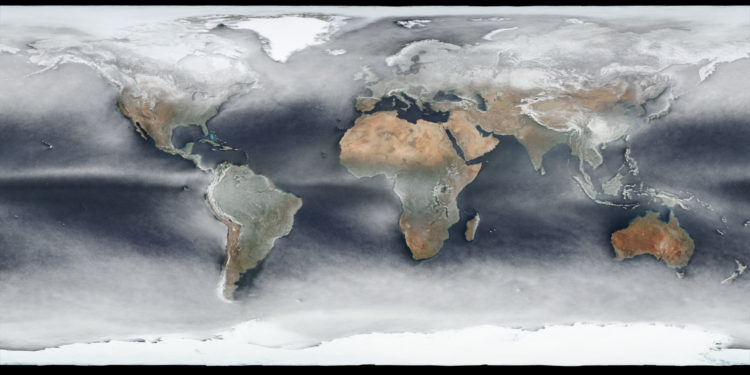
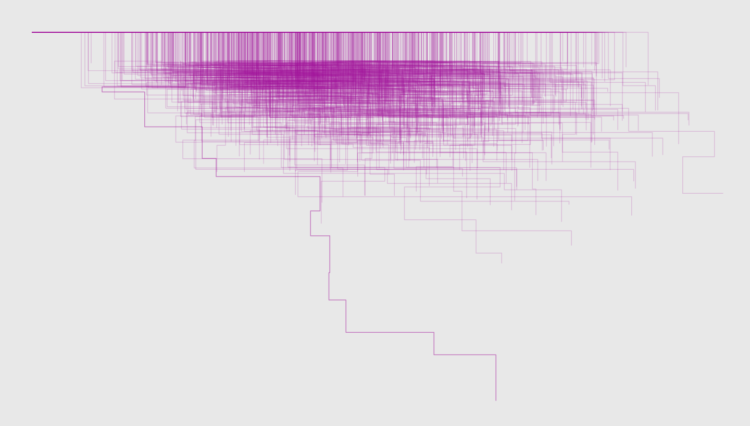
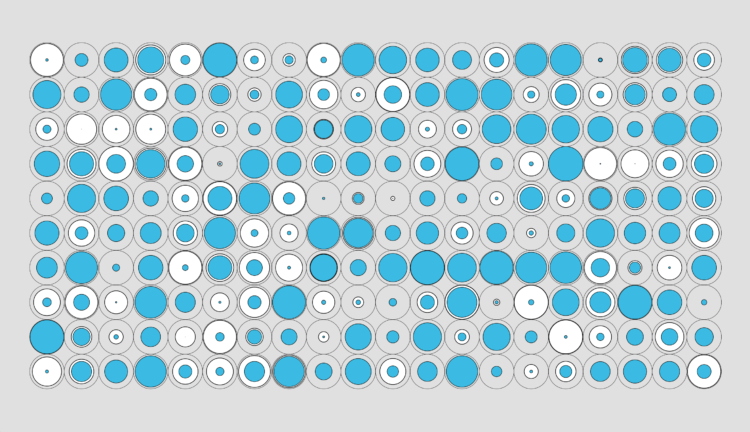
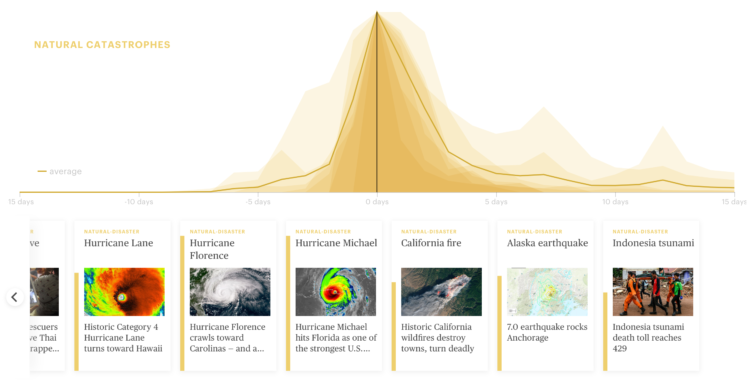
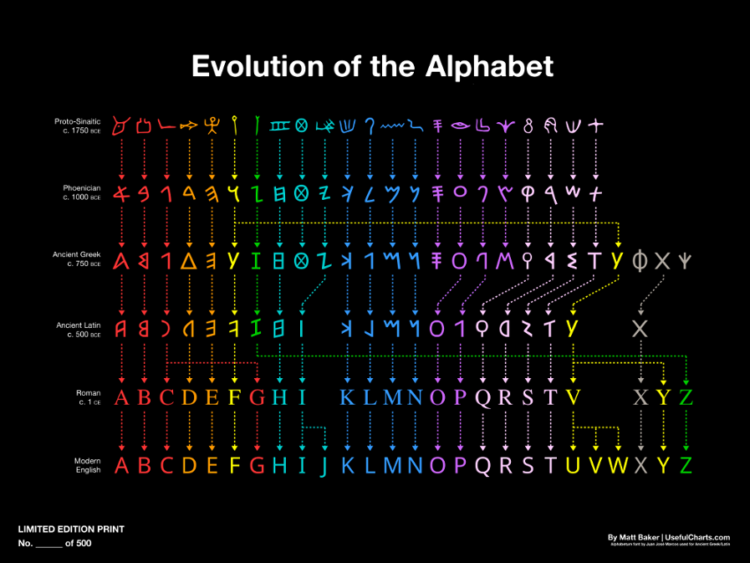
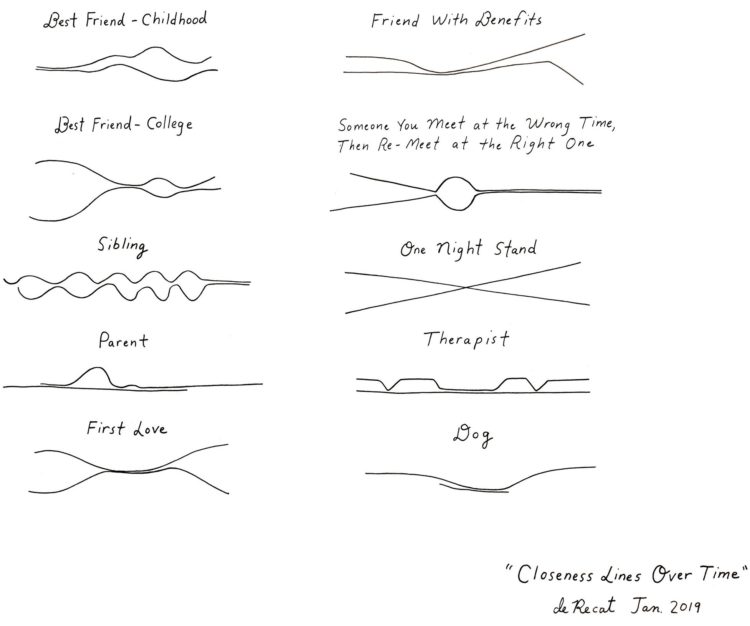
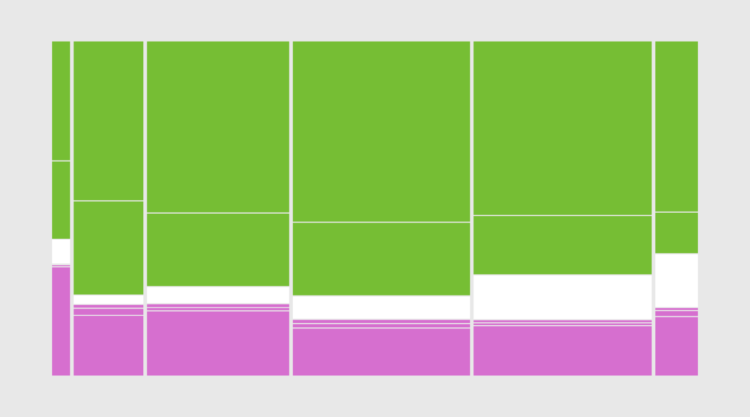
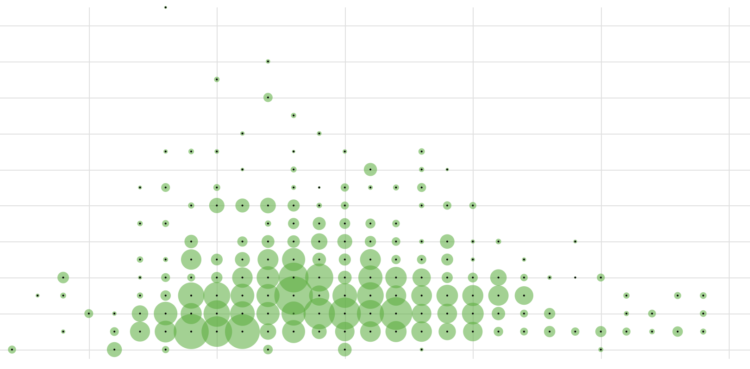
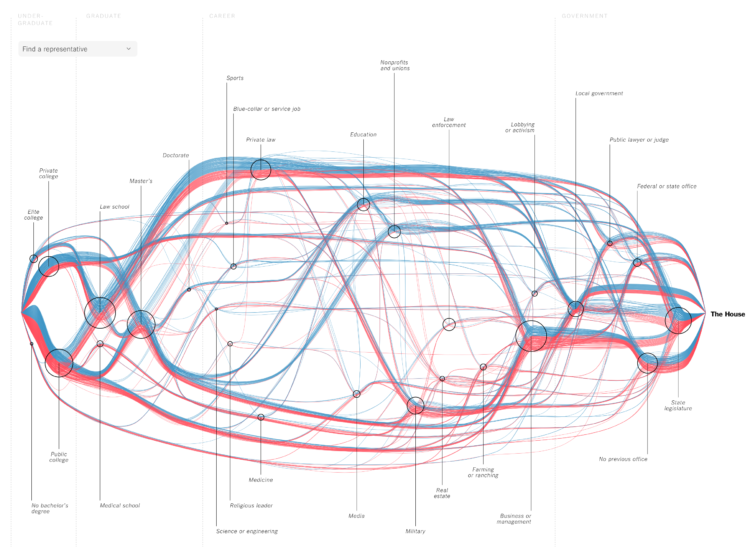
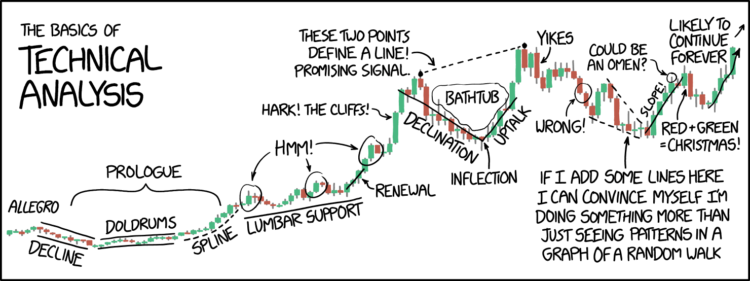
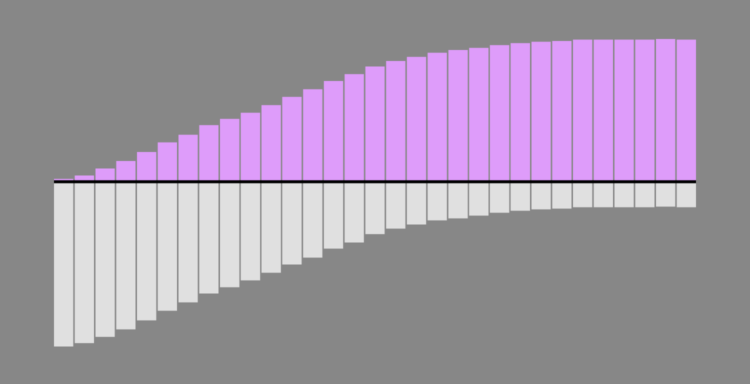

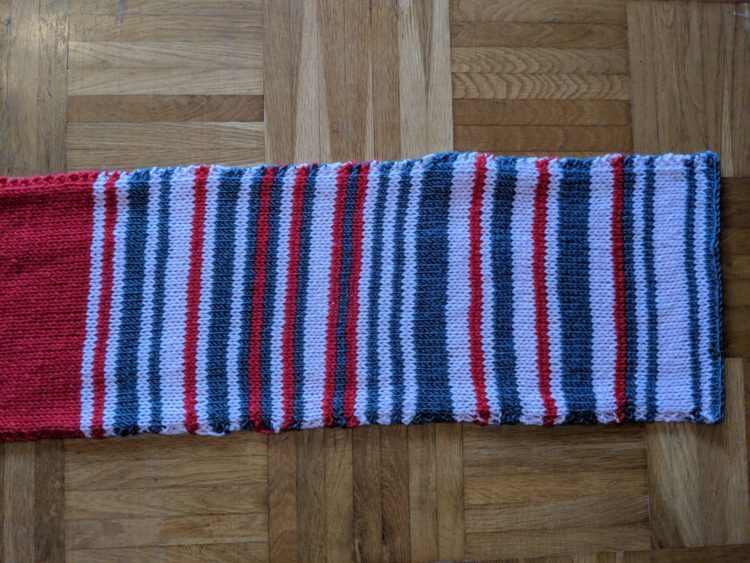
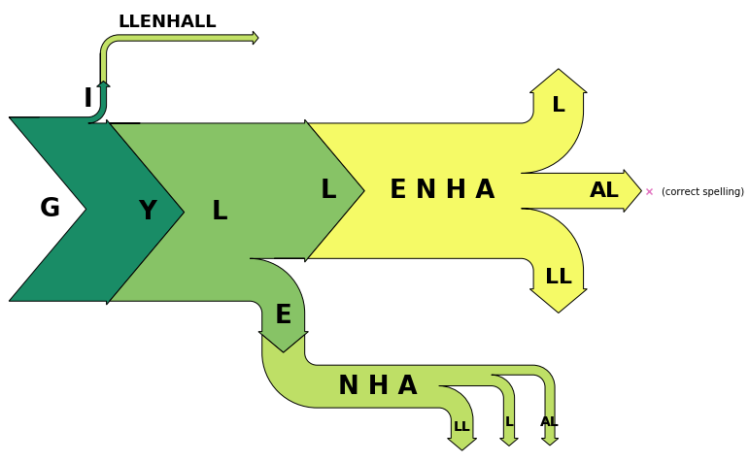
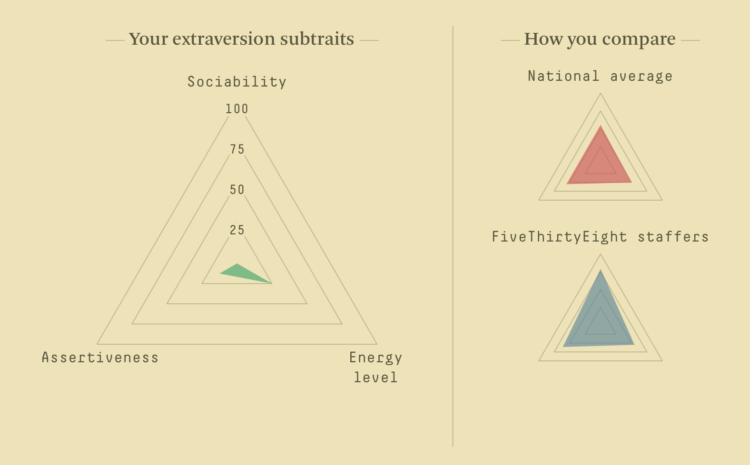
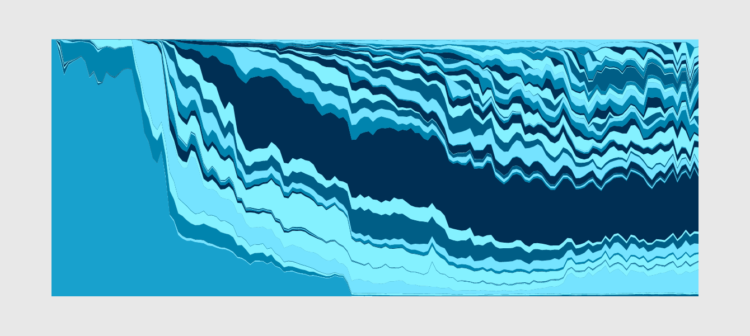
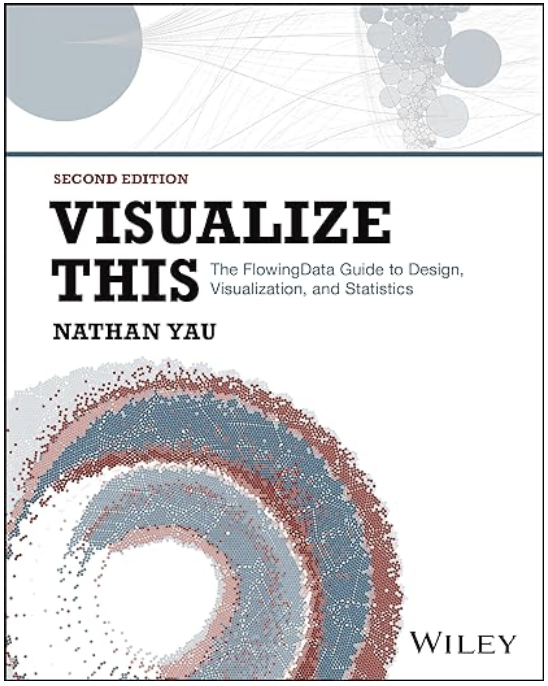 Visualize This: The FlowingData Guide to Design, Visualization, and Statistics (2nd Edition)
Visualize This: The FlowingData Guide to Design, Visualization, and Statistics (2nd Edition)
